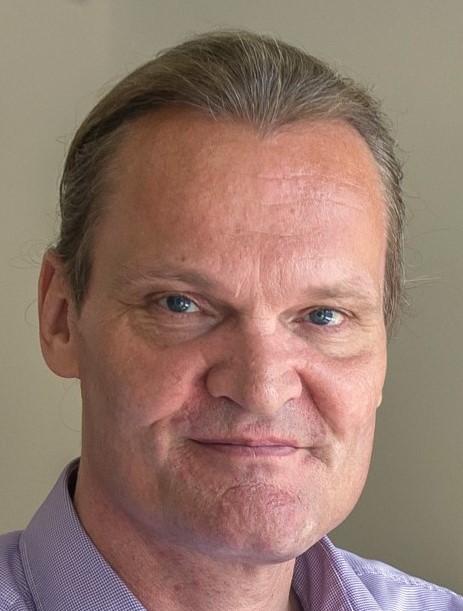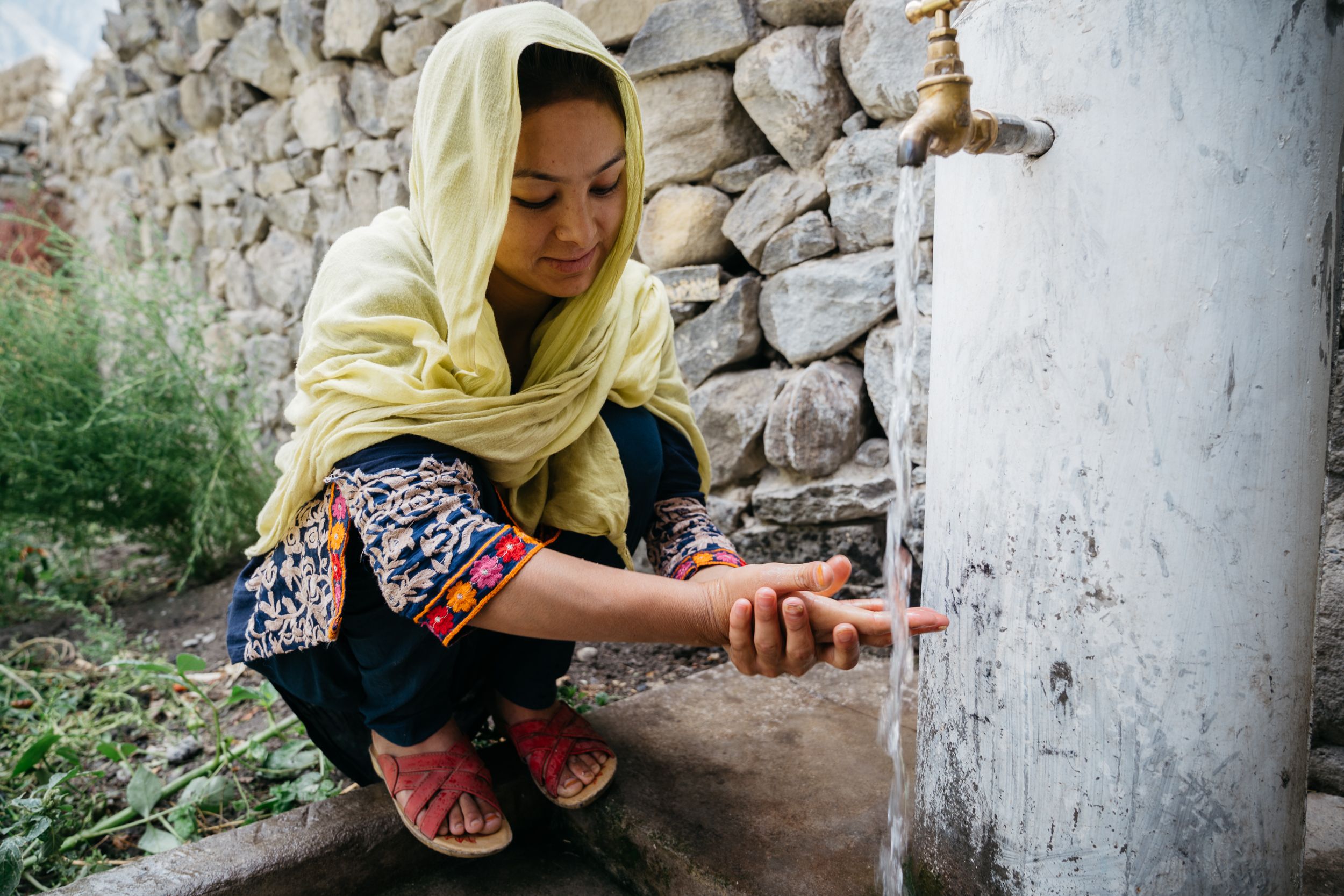
- Programs & Services
- Learning & Development
- Health & Wellness
- Faith & Traditions
- Economic & Financial Planning
- Community Engagement
- Support Services
- News
- Upcoming Events
- Watch Now
- Opportunities
- the.ismaili
- Feedback
- Login

Onno Ruhl is the first General Manager of the Aga Khan Agency for Habitat (AKAH), created in 2016 to address the increasing threat posed by natural disasters and climate change. Previously, he held positions in the World Bank, including as country director for Nigeria, followed by India. At AKAH, Ruhl leads work to ensure that communities are as safe as possible from natural disasters, that residents who live in high-risk areas are able to cope in terms of preparedness and response, and that they have access to social and financial services that lead to greater opportunity and a better quality of life.
Aga Khan Foundation Canada sat down with Ruhl during a visit to Canada at the end of last year to learn more. This interview has been edited for length and clarity.
Tell us about the work of AKAH. How did the agency come about?
Onno Ruhl (O.R.): AKAH is a new agency, but it isn’t new in the sense that it’s actually built on the legacy of a number of organizations that existed in the Aga Khan Development Network (AKDN). His Highness the Aga Khan realized that the intensity, in terms of frequency and severity, of natural disasters all over the world was getting much worse. From that perspective, the solutions that worked to keep a community safe in the last 20 years were unlikely to be enough to keep the community safe 20 years, let alone 50 years, going forward.
His Highness said the work should no longer be about understanding the habitat in terms of “what is,” but in terms of “what ought to be.” The way we've formulated that in our strategy is to move our work from planning for safety to planning for opportunity, even in the face of increasing risk.
What role do communities play in “planning for opportunity”?

O.R.: Mobilizing communities started as a complement to mapping the physical risk [of natural disasters] in the communities where we work. That means you send geologists and community mobilizers—because the community needs to allow you to do it—to a village and map the physical assets [like buildings and infrastructure]. So we have, as intellectual capital in our agency, the hazard vulnerability and risk assessments of 2,207 communities in India, Pakistan, Tajikistan and Afghanistan.
Now, the combination of the survey and geology skills that we have, and the ability to work with the GIS [Geographic Information System] databases, is the same skill set that one would need to use for planning. So the logic is to build on these skills to work with these communities to plan.
But planning has no value if you just start planning a community without engagement. The community will either ignore you or they might turn hostile, because who are we to make a plan for the community? So it requires two important aspects of engagement. First with the community itself, and then with the government responsible for the particular geography.
Why is this an important part of the world to be working on issues of climate and habitat?
O.R.: It is well known that there are two ice caps that are melting in the world: the North and the South Pole. What not so many people realize is the third largest concentration of ice in the world, sometimes referred to as the "Third Pole," is the Himalayan mountain range. It's a very different geography. There are no polar bears there. There are people living there, and they are as threatened as the polar bears. And when you go downstream, that "Third Pole" is actually the watershed that feeds one-and-a-half billion people in Asia, stretching all the way from Afghanistan to Vietnam, and into China, Central Asia, India, Pakistan, Bangladesh. It's one of the most important frontlines of climate change adaptation.
People love to talk about climate change mitigation. But people often forget 200 million people are already at risk in their habitat because of climate change that has already happened. You can't just move 200 million people, there's no way that would work. We have to work with these people to adapt to where they are.
The second reason we work there is because these are the areas where the AKDN historically has engaged. We are rooted in these communities in a way that allows us to do things that, I think I can say with some confidence, other development networks wouldn't be able to do.

What are the other major areas of work for the agency?
O.R.: AKAH’s bread and butter is water supply and sanitation. Over the last 18 years, the AKDN has piped water into half-a-million homes. Ten years in, we were asked to evaluate what had been built. Ninety-six per cent of the schemes were still operating according to World Health Organization standard.
The reason so many kept working is the same reason they worked in the first place: the engineering is good, and there was a lot of attention to having the right water source to get the quality we need. But the reason it keeps working is because the community helped build it, and we trained members of the community to do regular maintenance. Not repair after it breaks, but regular maintenance.
What inspires you to do this work?
O.R.: I like to tell the story of a village which was hit by a glacial lake flood. There was lots of work on an early warning system, glacier monitoring using drones, all sorts of fancy stuff [to identify the risk].
But in the end, two boys with a flag, sitting on a slope looking at a glacier, and two boys on the other side, watching for the flag, warned the community in time to evacuate people. That's community mobilization. By combining community mobilization and science, we can boil it down to the confidence that four boys staying awake all night can save, in this case, 250 people whose houses were flooded.
That, I think, is the most motivating because I’ve spent my career in development. The more I traveled and tried to understand development, the more I realized the answers do not lie in the contributions of outsiders: they rely on what community itself can do.
This article originally appeared in the Summer 2020 issue of The Ismaili Canada.